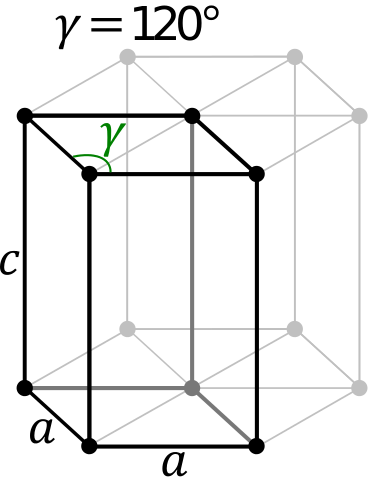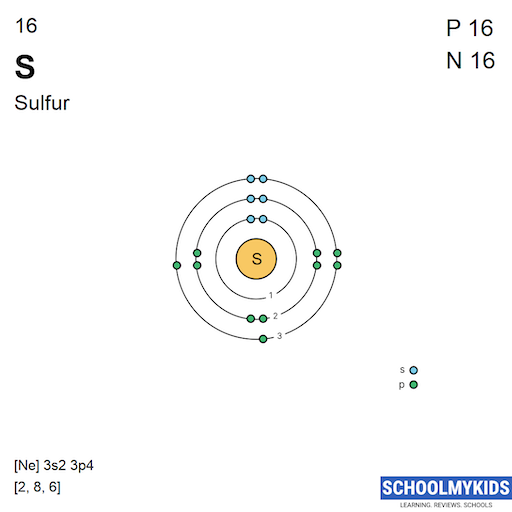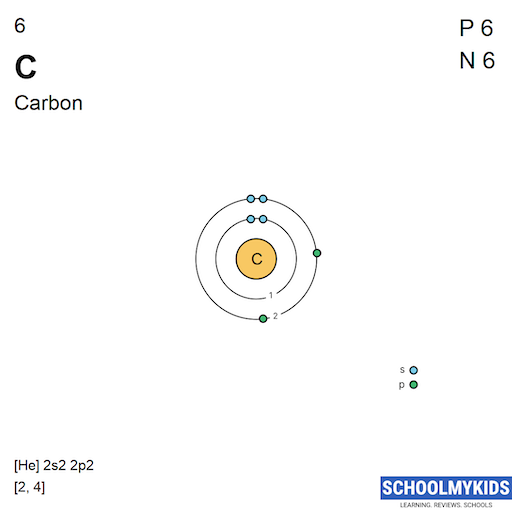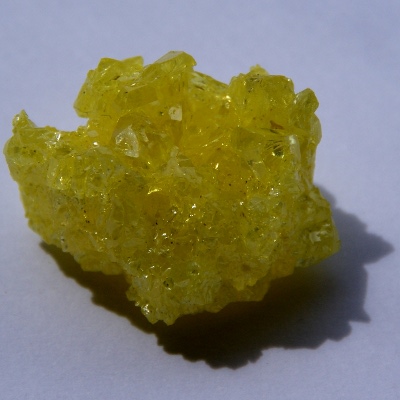Periodic Table Element Comparison: Compare Elements - Sulfur vs Carbon
Compare Sulfur and Carbon on the basis of their properties, attributes and periodic table facts. Compare elements on more than 90 properties. All the elements of similar categories show a lot of similarities and differences in their chemical, atomic, physical properties and uses. These similarities and dissimilarities should be known while we study periodic table elements. You can study the detailed comparison between Sulfur vs Carbon with most reliable information about their properties, attributes, facts, uses etc. You can compare S vs C on more than 90 properties like electronegativity , oxidation state, atomic shells, orbital structure, Electronaffinity, physical states, electrical conductivity and many more. Sulfur and Carbon comparison table on more than 90 properties.
Sulfur and Carbon Comparison
Facts
| Name | Sulfur | Carbon |
|---|---|---|
| Atomic Number | 16 | 6 |
| Atomic Symbol | S | C |
| Atomic Weight | 32.065 | 12.0107 |
| Phase at STP | Solid | Solid |
| Color | Yellow | Black |
| Metallic Classification | Other Nonmetal | Other Nonmetal |
| Group in Periodic Table | group 16 | group 14 |
| Group Name | oxygen family | carbon family |
| Period in Periodic Table | period 3 | period 2 |
| Block in Periodic Table | p -block | p -block |
| Electronic Configuration | [Ne] 3s2 3p4 | [He] 2s2 2p2 |
| Electronic Shell Structure (Electrons per shell) | 2, 8, 6 | 2, 4 |
| Melting Point | 388.36 K | 3823 K |
| Boiling Point | 717.87 K | 4300 K |
| CAS Number | CAS7704-34-9 | CAS7440-44-0 |
| Neighborhood Elements | Neighborhood Elements of Sulfur | Neighborhood Elements of Carbon |
History
| Parameter | Sulfur | Carbon |
|---|---|---|
| History | The element Sulfur was discovered by Chinese/Indians in year Before 2000 BCE. Sulfur derived its name from the Latin word sulphur, 'fire and brimstone'. | The element Carbon was discovered by Egyptians and Sumerians in year 3750 BCE. Carbon derived its name the Latin word carbo, meaning 'coal'. |
| Discovery | Chinese/Indians (Before 2000 BCE) | Egyptians and Sumerians (3750 BCE) |
| Isolated | () | () |
Presence: Abundance in Nature and Around Us
Parts per billion (ppb) by weight / by atoms (1ppb =10^-7 %)
| Property | Sulfur | Carbon |
|---|---|---|
| Abundance in Universe | 500000 / 20000 | 5000000 / 500000 |
| Abundance in Sun | 400000 / 10000 | 3000000 / 300000 |
| Abundance in Meteorites | 41000000 / 22000000 | 15000000 / 18000000 |
| Abundance in Earth's Crust | 420000 / 270000 | 1800000 / 3100000 |
| Abundance in Oceans | 928000 / 179000 | 28000 / 14400 |
| Abundance in Humans | 2000000 / 390000 | 230000000 / 120000000 |
Crystal Structure and Atomic Structure
| Property | Sulfur | Carbon |
|---|---|---|
| Atomic Volume | 15.53 cm3/mol | 5.29 cm3/mol |
| Atomic Radius | 88 pm | 67 pm |
| Covalent Radius | 102 pm | 77 pm |
| Van der Waals Radius | 180 pm | 170 pm |
Atomic Spectrum - Spectral Lines | ||
| Emission Spectrum |  |  |
| Absorption Spectrum |  |  |
| Lattice Constant | 1043.7, 1284.5, 2436.9 pm | 246.4, 246.4, 671.1 pm |
| Lattice Angle | π/2, π/2, π/2 | π/2, π/2, 2 π/3 |
| Space Group Name | Fddd | P63/mmc |
| Space Group Number | 70 | 194 |
| Crystal Structure | Face Centered Orthorhombic  | Simple Hexagonal  |
Atomic and Orbital Properties
| Property | Sulfur | Carbon |
|---|---|---|
| Atomic Number | 16 | 6 |
| Number of Electrons (with no charge) | 16 | 6 |
| Number of Protons | 16 | 6 |
| Mass Number | 32.065 | 12.0107 |
| Number of Neutrons | 16 | 6 |
| Shell structure (Electrons per energy level) | 2, 8, 6 | 2, 4 |
| Electron Configuration | [Ne] 3s2 3p4 | [He] 2s2 2p2 |
| Valence Electrons | 3s2 3p4 | 2s2 2p2 |
| Oxidation State | -2, 2, 4, 6 | -4, -3, -2, -1, 0, 1, 2, 3, 4 |
| Atomic Term Symbol (Quantum Numbers) | 3P2 | 3P0 |
| Shell structure |  |  |
Isotopes and Nuclear Properties
Sulfur has 4 stable naturally occuring isotopes while Carbon has 2 stable naturally occuring isotopes.
| Parameter | Sulfur | Carbon |
|---|---|---|
| Known Isotopes | 26S, 27S, 28S, 29S, 30S, 31S, 32S, 33S, 34S, 35S, 36S, 37S, 38S, 39S, 40S, 41S, 42S, 43S, 44S, 45S, 46S, 47S, 48S, 49S | 8C, 9C, 10C, 11C, 12C, 13C, 14C, 15C, 16C, 17C, 18C, 19C, 20C, 21C, 22C |
| Stable Isotopes | Naturally occurring stable isotopes: 32S, 33S, 34S, 36S | Naturally occurring stable isotopes: 12C, 13C |
| Neutron Cross Section | 0.52 | 0.0035 |
| Neutron Mass Absorption | 0.00055 | 0.000015 |
Chemical Properties: Ionization Energies and electron affinity
| Property | Sulfur | Carbon |
|---|---|---|
| Valence or Valency | 6 | 4 |
| Electronegativity | 2.58 Pauling Scale | 2.55 Pauling Scale |
| Electron Affinity | 200 kJ/mol | 153.9 kJ/mol |
| Ionization Energies | 1st: 999.6 kJ/mol 2nd: 2252 kJ/mol 3rd: 3357 kJ/mol 4th: 4556 kJ/mol 5th: 7004.3 kJ/mol 6th: 8495.8 kJ/mol 7th: 27107 kJ/mol 8th: 31719 kJ/mol 9th: 36621 kJ/mol 10th: 43177 kJ/mol 11th: 48710 kJ/mol 12th: 54460 kJ/mol 13th: 62930 kJ/mol 14th: 68216 kJ/mol 15th: 311048 kJ/mol 16th: 337138 kJ/mol | 1st: 1086.5 kJ/mol 2nd: 2352.6 kJ/mol 3rd: 4620.5 kJ/mol 4th: 6222.7 kJ/mol 5th: 37831 kJ/mol 6th: 47277 kJ/mol |
Physical Properties
| Property | Sulfur | Carbon |
|---|---|---|
| Density | 1.96 g/cm3 | 2.26 g/cm3 |
| Molar Volume | 15.53 cm3/mol | 5.29 cm3/mol |
Elastic Properties | ||
| Young Modulus | - | - |
| Shear Modulus | - | - |
| Bulk Modulus | 7.7 GPa | 33 GPa |
| Poisson Ratio | - | - |
Hardness - Tests to Measure of Hardness of Element | ||
| Mohs Hardness | 2 MPa | 0.5 MPa |
| Vickers Hardness | - | - |
| Brinell Hardness | - | - |
Electrical Properties | ||
| Electrical Conductivity | 1e-15 S/m | 100000 S/m |
| Resistivity | 1000000000000000 m Ω | 0.00001 m Ω |
| Superconducting Point | - | - |
Heat and Conduction Properties | ||
| Thermal Conductivity | 0.205 W/(m K) | 140 W/(m K) |
| Thermal Expansion | - | 0.0000071 /K |
Magnetic Properties | ||
| Magnetic Type | Diamagnetic | Diamagnetic |
| Curie Point | - | - |
| Mass Magnetic Susceptibility | -6.2e-9 m3/kg | -6.2e-9 m3/kg |
| Molar Magnetic Susceptibility | -1.99e-10 m3/mol | -7.45e-11 m3/mol |
| Volume Magnetic Susceptibility | -0.0000122 | -0.000014 |
Optical Properties | ||
| Refractive Index | 1.001111 | 2.417 |
Acoustic Properties | ||
| Speed of Sound | - | 18350 m/s |
Thermal Properties - Enthalpies and thermodynamics
| Property | Sulfur | Carbon |
|---|---|---|
| Melting Point | 388.36 K | 3823 K |
| Boiling Point | 717.87 K | 4300 K |
| Critical Temperature | 1314 K | - |
| Superconducting Point | - | - |
Enthalpies | ||
| Heat of Fusion | 1.73 kJ/mol | 105 kJ/mol |
| Heat of Vaporization | 9.8 kJ/mol | 715 kJ/mol |
| Heat of Combustion | - | -393.5 J/(kg K) |
Regulatory and Health - Health and Safety Parameters and Guidelines
| Parameter | Sulfur | Carbon |
|---|---|---|
| CAS Number | CAS7704-34-9 | CAS7440-44-0 |
| RTECS Number | {RTECSWS4250000, N/A, N/A, N/A, N/A, N/A} | {RTECSHL4158550, RTECSFF5250100, RTECSMD9659600, N/A} |
| DOT Hazard Class | 4.1 | 4.2 |
| DOT Numbers | 1350 | 1361 |
| EU Number | - | - |
| NFPA Fire Rating | - | 1 |
| NFPA Health Rating | - | 0 |
| NFPA Reactivity Rating | - | 0 |
| NFPA Hazards | - | - |
| AutoIgnition Point | - | - |
| Flashpoint | - | - |
Compare With Other Elements
Compare Sulfur and Carbon with other elements of the periodic table.
Compare Sulfur with all Group 16 elementsCompare Sulfur with OxygenCompare Sulfur with SeleniumCompare Sulfur with TelluriumCompare Sulfur with PoloniumCompare Sulfur with Livermorium Compare Sulfur with all Period 3 elementsCompare Sulfur with SodiumCompare Sulfur with MagnesiumCompare Sulfur with AluminiumCompare Sulfur with SiliconCompare Sulfur with PhosphorusCompare Sulfur with ChlorineCompare Sulfur with Argon Compare Sulfur with all Other Nonmetal elements | Compare Carbon with all Group 14 elementsCarbon vs Silicon ComparisonCarbon vs Germanium ComparisonCarbon vs Tin ComparisonCarbon vs Lead ComparisonCarbon vs Flerovium Comparison Compare Carbon with all Period 2 elementsCarbon vs Lithium ComparisonCarbon vs Beryllium ComparisonCarbon vs Boron ComparisonCarbon vs Nitrogen ComparisonCarbon vs Oxygen ComparisonCarbon vs Fluorine ComparisonCarbon vs Neon Comparison Compare Carbon with all Other Nonmetal elements |

